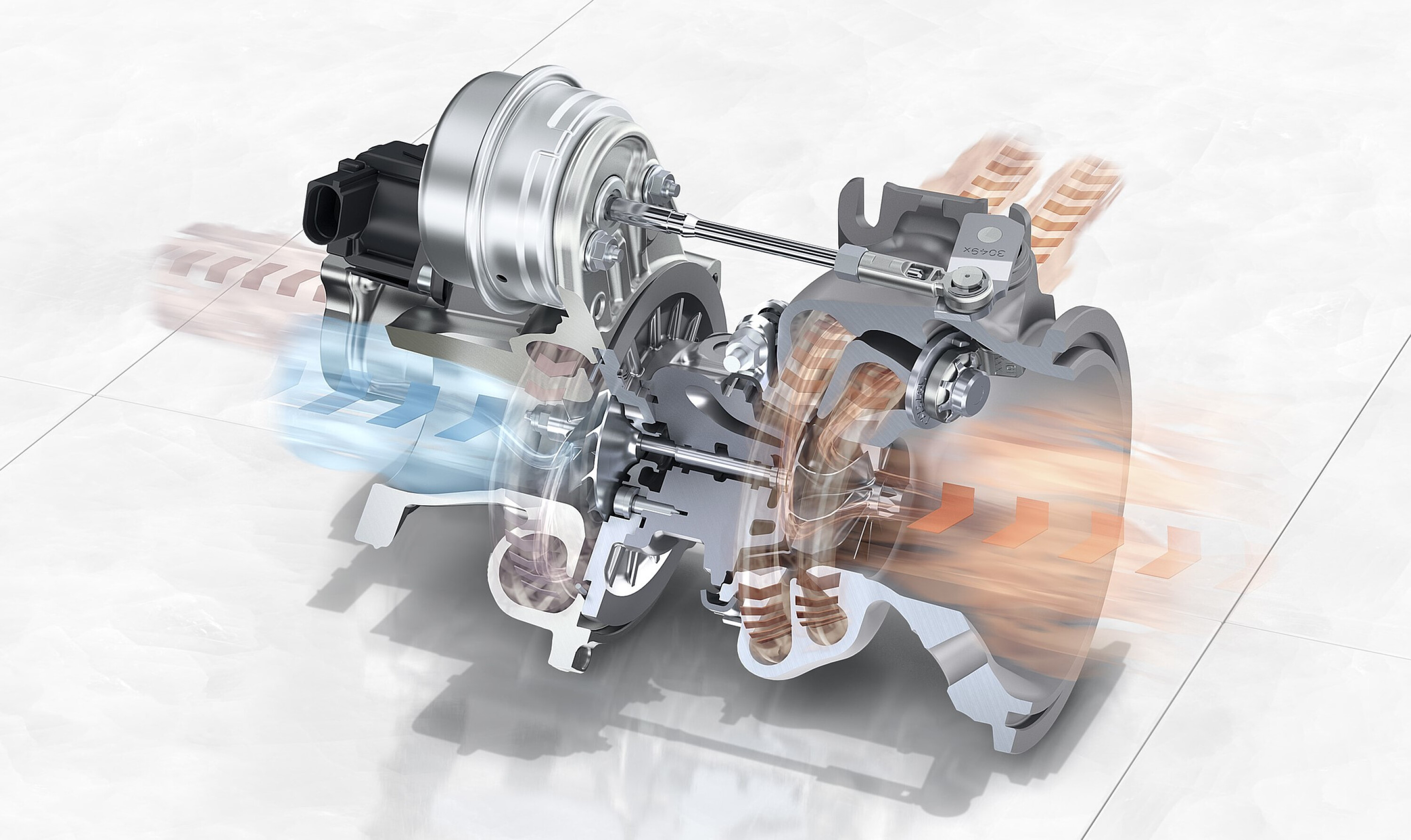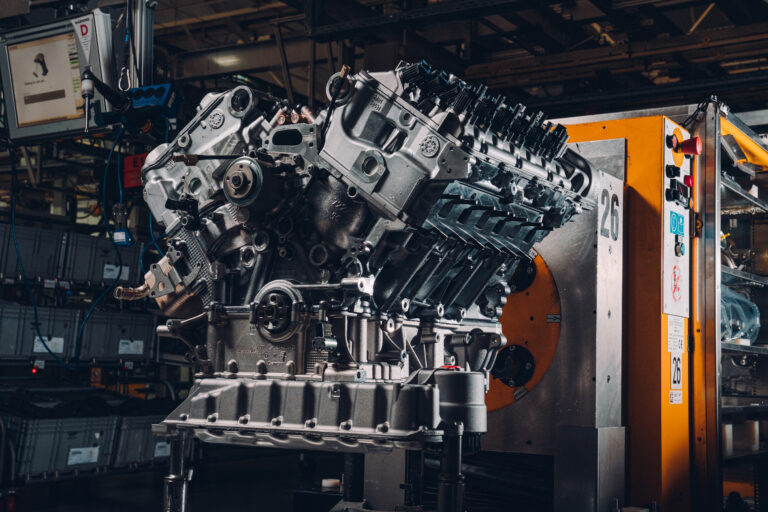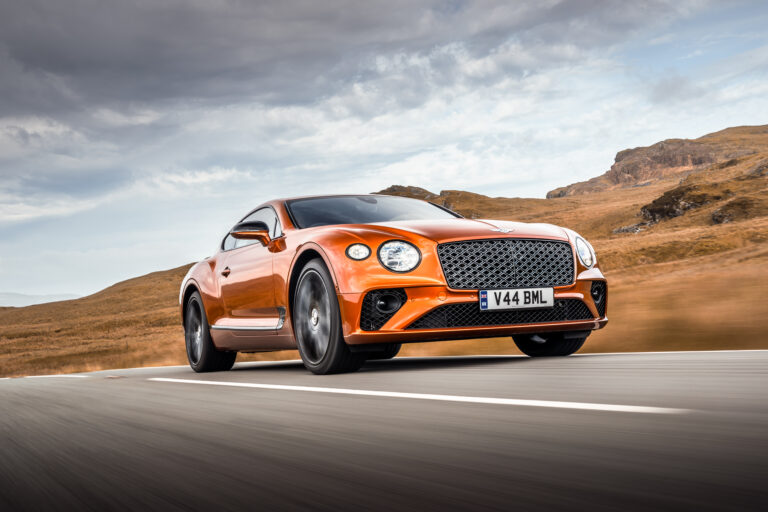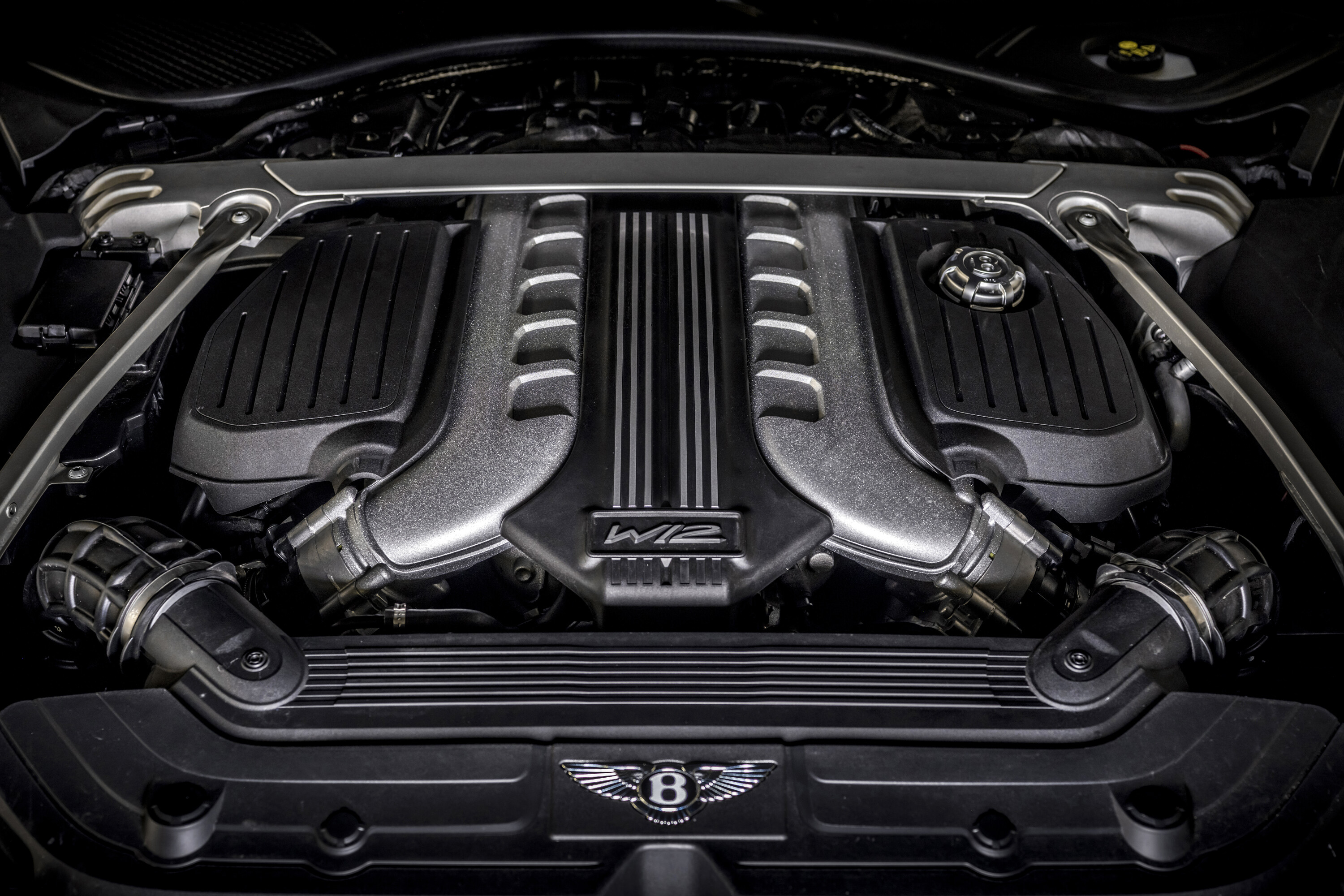Yes, you may well have noticed that Driven To Extinction usually heroes a car that’s on its way out.
Well, this month we’ve tweaked things a little and wave auf wiedersehen to the Volkswagen Group’s W12 engine which is now found exclusively beneath the bonnet of Bentley’s upmarket wares.
Choose a flagship Continental GT or Bentayga and you’ll get six litres of 12-cylinder goodness, but you’ll need to be quick. The 12-pot engine is a rare breed now. Once the W12 bites the dust, only Aston Martin, Lamborghini and Rolls-Royce will take your order.
Ferrari? Well, the order books have closed on the 812 and, at the time of writing, for the four-seat Purosangue too.

Though we most readily associate the W12 with Bentley, its first run out in a production car was beneath the aluminium bonnet of the Audi A8 in 2001.
It even featured in some Volkswagens, with Touaregs and Phaetons both having the W12 shoehorned in. That engine, effectively a pair of narrow-angle V6s sharing a common crankshaft, was very different to the one we’re used to in Bentley’s wares though.
For a start it made a mere 309kW without the benefit of forced induction and it required a bit of wringing, its peak torque of 550Nm available between 3750 and 4000rpm.
That was unacceptable to Bentley, who took over production of the W12 at its Crewe plant from Volkswagen’s factory in Salzgitter in Germany. By turbocharging the engine, changing the control systems, and fettling the cooling, injection and combustion processes, Bentley was able to bring the peak torque response of the engine down to 2000rpm in order to deliver the requisite effortless acceleration.

The W12 was always an engine that required careful compromises.
Bentley knew its flagship engine needed to have no more than 500cc per cylinder for emissions purposes, and the sub-5-metre dimensions of the original Continental GT sketches also meant it needed to be compact. The W12 fitted the bill perfectly. Ultimately it is Europe’s ever-tightening emissions regulations that have done it in.
Bentley has confirmed the W12 will be discontinued in April 2024 and that a few final build slots for Continental and Bentayga W12s are still available, but it’s about to get a very special send-off in the form of the limited-run Batur, another bespoke Mulliner vehicle that picks up where the Bacalar left off.
The 552kW Batur will see an 18-car production run, with the W12 being sent out the door in its most furious form yet. Another one bites the dust.
Origins
The W12 engine can trace its genetics back to the Volkswagen VR6 unit which first saw the light of day in the 1991 B3 Passat and Corrado coupe. The VR name comes from “Verkürzt” and “Reihenmotor” meaning “shortened inline engine”.
The economy of scale
Unlike its V8 sibling, the W12 has never been able to utilise cylinder deactivation under partial load to save fuel. Put that down to the complexity of the W12’s crankshaft geometry. Balancing the engine and keeping the catalytic converters warm on the shut-down side is a technical problem that Crewe never managed to overcome. Here’s the kicker though.
We think we prefer the smaller engine.
We recommend
-
 News
NewsBentley to bid farewell to W12 engine with 551kW finale
The sun is setting on Bentley’s beloved W12 engine, which will cease production by April 2024
-
 Reviews
Reviews2019 Bentley Continental GT W12 review
Bentley's big and brutish coupe returns, ready to show the rest of the world what a Grand Tourer should look like
-
 News
News2023 Bentley Continental GT Mulliner W12 revealed
Bentley has tweaked the plush Continental GT Mulliner, adding the Speed’s more-powerful W12 powertrain






